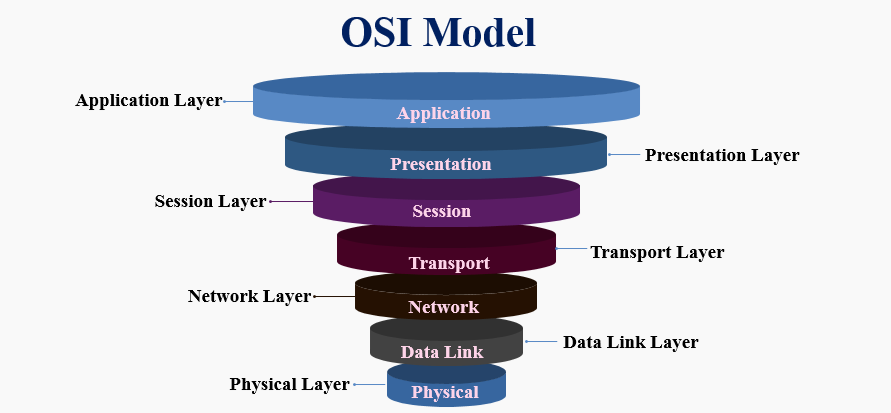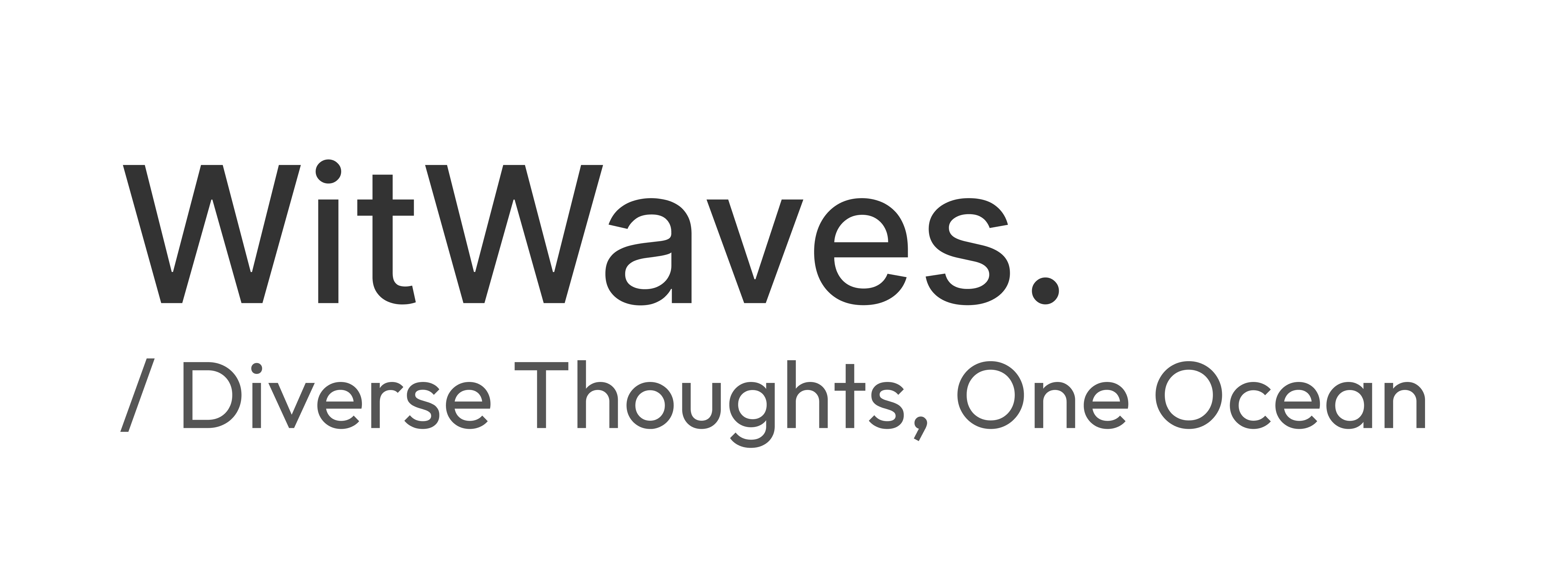The OSI (Open Systems Interconnection) model is a conceptual framework used to understand and standardize the functions of a networking system. Developed by the International Organization for Standardization (ISO) in 1984, it consists of seven layers, each with distinct responsibilities and protocols that facilitate communication between devices in a network.

OSI Model Layers and Functions
1. Physical Layer (Layer 1)
- Function: Responsible for the physical connection between devices, including the transmission of raw bitstreams over a physical medium. It defines the hardware specifications such as cables, switches, and electrical signals.
- Example: Ethernet cables and fiber optics.
2. Data Link Layer (Layer 2)
- Function: Provides node-to-node data transfer and error detection and correction. It frames packets from the Network layer and adds MAC addresses for physical addressing.
- Example: Ethernet (IEEE 802.3) and Wi-Fi (IEEE 802.11).
3. Network Layer (Layer 3)
- Function: Manages device addressing and determines the best path for data transfer across the network. It handles packet forwarding and routing.
- Example: Internet Protocol (IP), which assigns IP addresses to devices.
4. Transport Layer (Layer 4)
- Function: Ensures reliable data transfer between hosts through segmentation, flow control, and error recovery. It can use protocols like TCP for connection-oriented communication or UDP for connectionless communication.
- Example: Transmission Control Protocol (TCP) and User Datagram Protocol (UDP).
5. Session Layer (Layer 5)
- Function: Manages sessions or connections between applications. It establishes, maintains, and terminates connections, ensuring that data is properly synchronized.
- Example: Session Initiation Protocol (SIP) used in VoIP communications.
6. Presentation Layer (Layer 6)
- Function: Translates data between the application layer and the network. It handles data formatting, encryption, and compression, ensuring that data is in a usable format for the application layer.
- Example: JPEG, MPEG, and encryption protocols like SSL/TLS.
7. Application Layer (Layer 7)
- Function: Closest to the end user, this layer interacts with software applications to provide network services. It facilitates user interface and application-level protocols.
- Example: Hypertext Transfer Protocol (HTTP) for web browsing and Simple Mail Transfer Protocol (SMTP) for email.
Real-World Example of the OSI Model
Consider the process of sending an email:
- Application Layer: The user composes an email in an application like Outlook, which uses SMTP to send the email.
- Presentation Layer: The email content is formatted and possibly encrypted for security.
- Session Layer: A session is established between the email client and the email server.
- Transport Layer: The email is broken into segments, and TCP ensures reliable delivery.
- Network Layer: Each segment is encapsulated into packets with IP addresses for routing through the internet.
- Data Link Layer: The packets are framed for transmission over the local network, using Ethernet protocols.
- Physical Layer: The email data is transmitted as electrical signals over physical media (e.g., cables) to reach the recipient's email server.
This structured approach allows for efficient and reliable communication across diverse network environments, illustrating the importance of the OSI model in modern networking practices.

Discussion
Start the conversation
No comments yet
Be the first to share your thoughts on this article. Your insights could spark an interesting discussion!